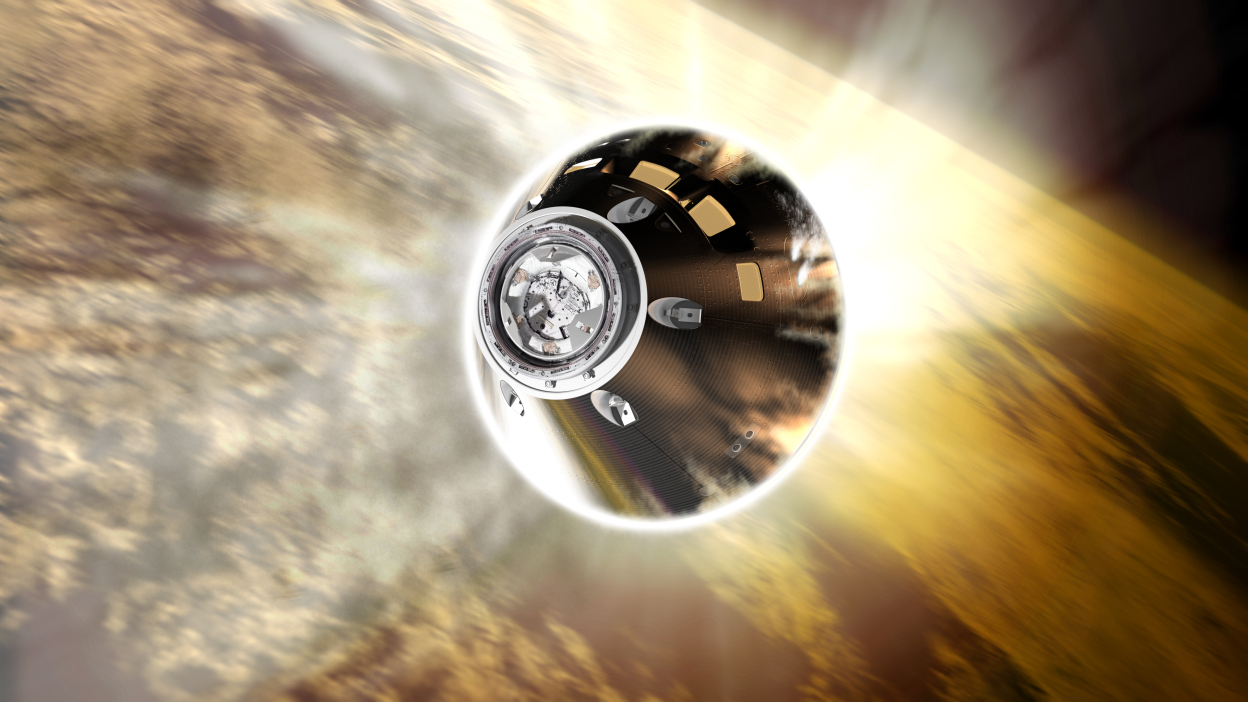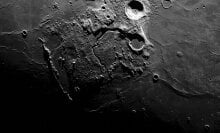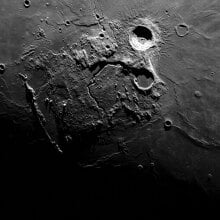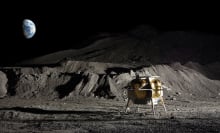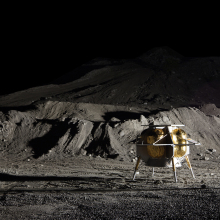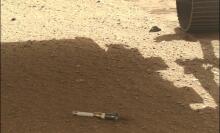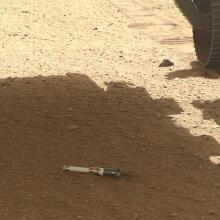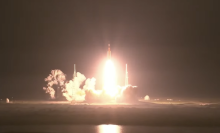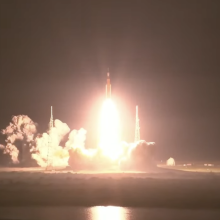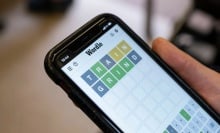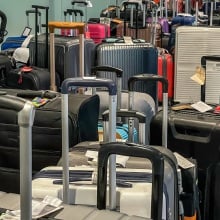The Orion moonship may weigh 25 tons, but in a few days, it will skip like a slight pebble across a pond before plummeting thousands of feet through the air to its target in the Pacific Ocean.
The capsule has begun saying farewell to the moon, with just one more space flyby scheduled for Monday, Dec. 5, before heading home. Already NASA has deployed a crew to San Diego, California, to join the Navy at sea for training exercises to prepare for its unprecedented return.
NASA plans to bring Orion back with a so-called "skip entry" into Earth's atmosphere. It'll be the first time the U.S. space agency has ever tried the technique with a passenger spacecraft. The maneuver involves the moonship traveling at an unfathomably high speed and enduring scorching temperatures.
"Orion will come home faster and hotter than any spacecraft has before," NASA Administrator Bill Nelson told reporters in August. "It's going to hit the Earth's atmosphere at 32 times the speed of sound, it's going to dip into the atmosphere, and bleed off some of that speed, before it starts descending through the atmosphere."
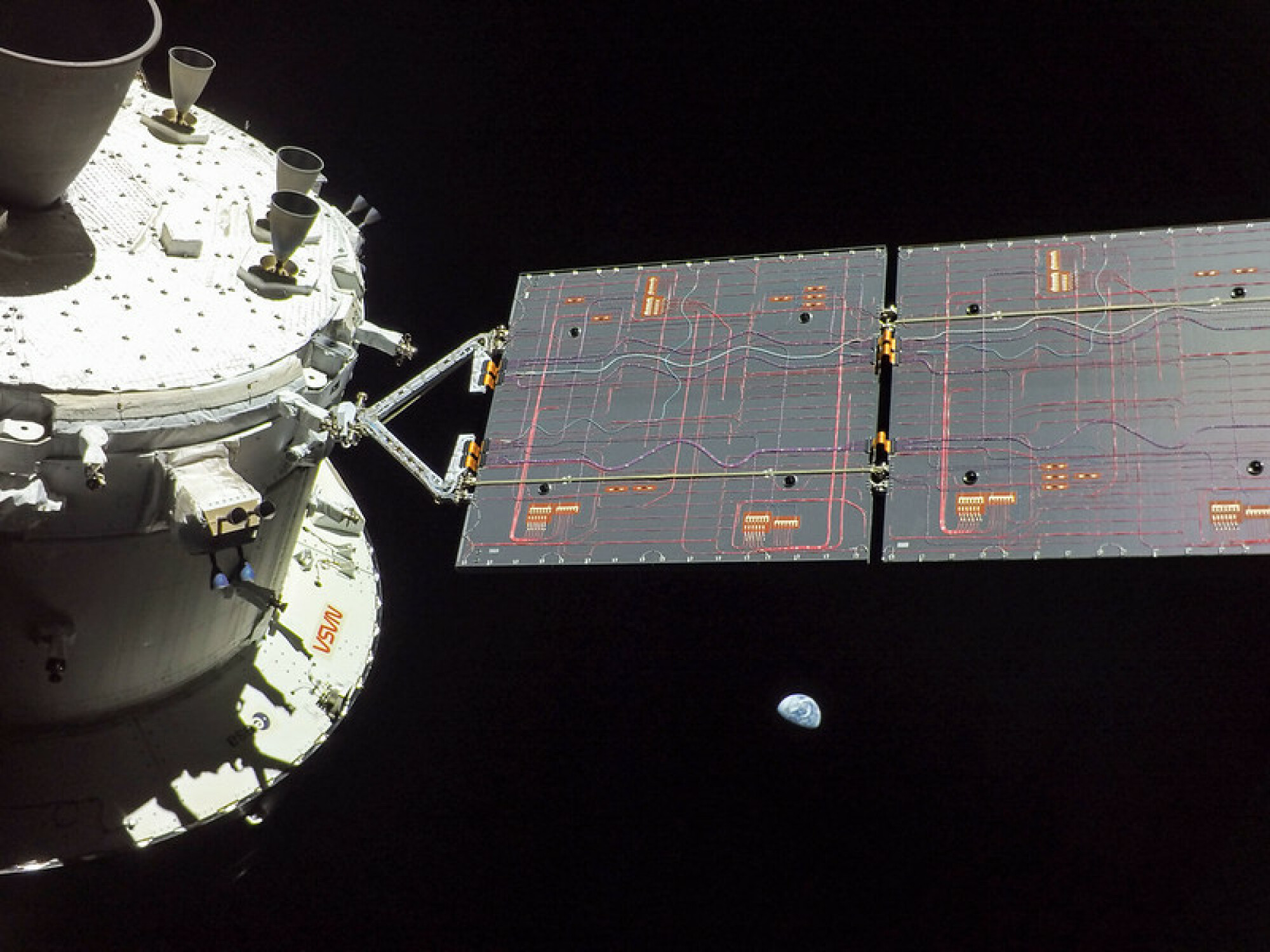
Mission leaders say the advantage is breaking up the intense G-force loads — the heavy feeling pushing against a body during extreme acceleration — into two smaller events rather than one severe episode. Though the capsule doesn't have any people onboard now, NASA believes mastering the skip entry will keep Artemis astronauts who would experience those effects safer in the future. When humans are subjected to forces much greater than normal gravity, their hearts are put under tremendous stress, causing dizziness and sometimes blackouts.
But when the capsule comes back in about a week on Dec. 11, NASA will have to prove Orion can actually survive the ordeal. The re-entry into Earth's atmosphere will be a nail-biting grand finale to Artemis' maiden 25-day space voyage, with success hinging on the new Lockheed Martin-built heat shield. The hardware it's protecting will have to withstand up to 5,000 degrees Fahrenheit, according to NASA.
Imagine an inferno half the temperature of the sun's surface.
"That heat shield on the back end is going to show us how we've taken that material from the Apollo days and brought that into the 21st century," said Kelly DeFazio, Lockheed's Orion production director, in August. NASA hopes to put astronauts in Orion as early as 2024 for a ride around the moon. The first landing on the lunar surface would follow on Artemis III, possibly one year later.

When Orion plunges toward Earth, it will be traveling 24,500 mph. By comparison, the Space Shuttle's descent reached about 17,500 mph, Nelson said. That initial dip into the upper air will use the atmosphere to slow the capsule down to about 300 mph. Then, it will re-enter for a final descent, slowing down even more with parachutes.
By the time Orion hits water, it should be coasting at 20 mph. NASA will have live coverage of the event beginning at 11 a.m. ET, with the splashdown at about 12:40 p.m., on Dec. 11.
"Orion will come home faster and hotter than any spacecraft has before."
The idea of a skip entry has existed on paper since NASA's Apollo days half a century ago but was never attempted. Spaceships then didn't have the navigational systems and computer power to execute it.
"Apollo was just strictly a direct entry, so that pretty much your landing site was set earlier on, when you departed the moon, with only a minor ability to adjust," Chris Edelen, deputy manager for Orion integration, told Mashable during a briefing on Wednesday.
Want more science and tech news delivered straight to your inbox? Sign up for Mashable's Top Stories newsletter today.
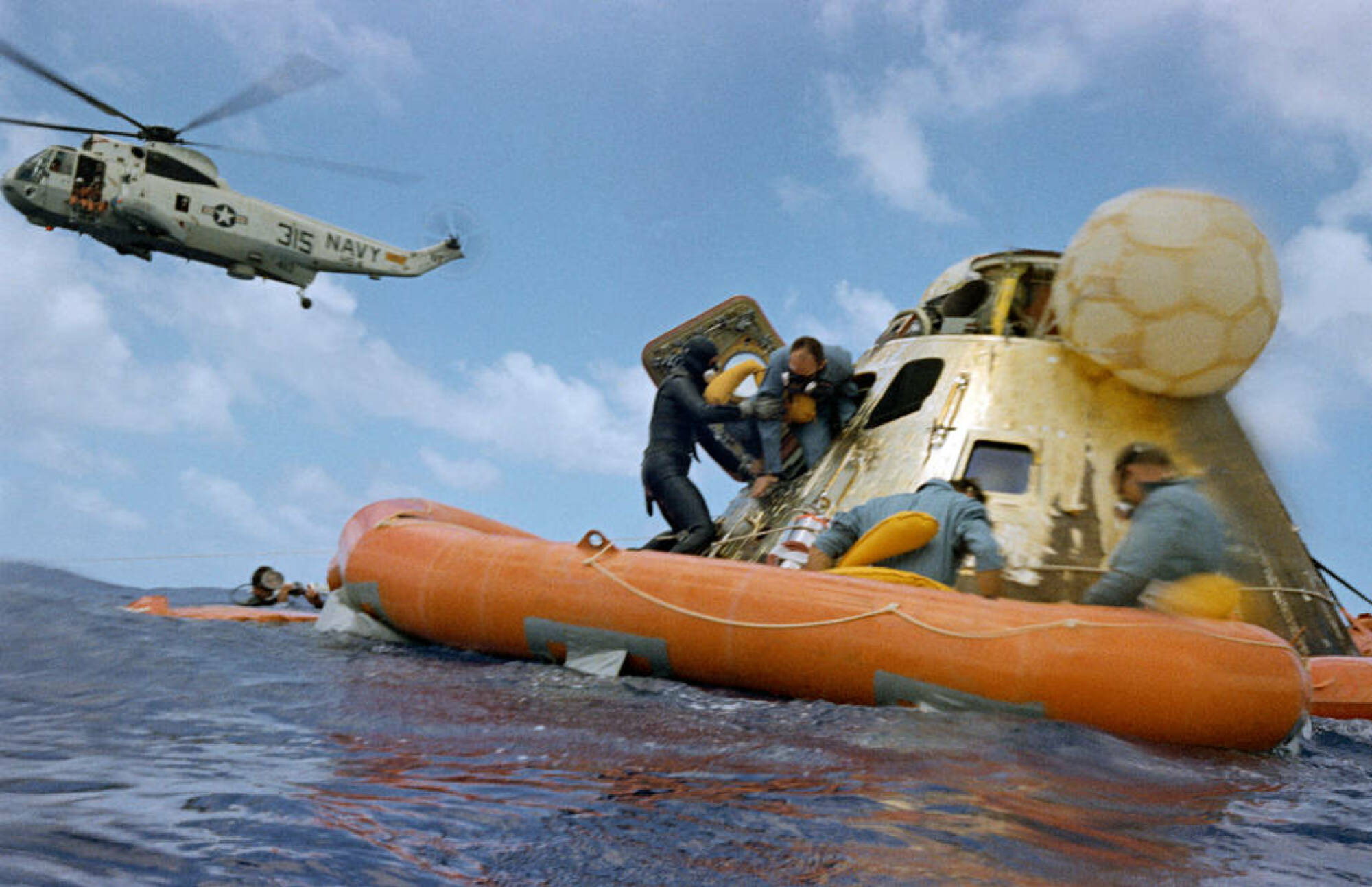
For Apollo missions, the spacecraft dipped into Earth's atmosphere and then could travel up to 1,725 miles horizontally before plopping down into the ocean. A swarm of ships and rafts dispersed at sea waited on standby for the recovery operation because of such a vast range of possible places it could fall, according to the U.S. space agency.
But during a skip entry, Orion should be able to fly over 5,500 miles beyond the point it initially pokes into the upper air, giving the capsule more control over where it ultimately splashes down. NASA gets that extra wiggle room by bouncing back out of the atmosphere, where there is little drag on the spacecraft.
"One of the major advances with Artemis is that the spacecraft has the ability...to steer up and out of a denser part of the atmosphere, glide farther downrange or less downrange, so that you can pick the best landing site," Edelen said.
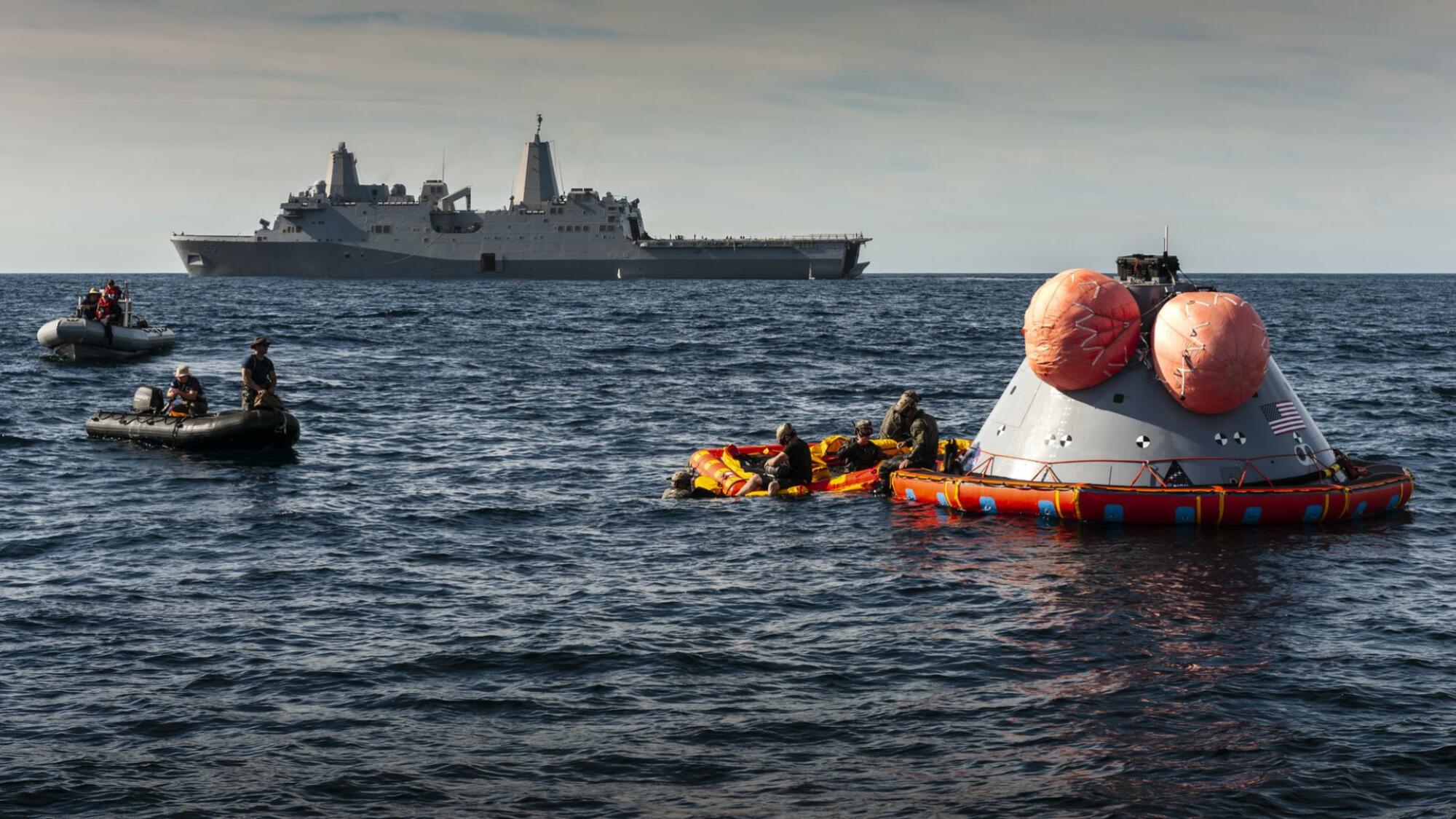
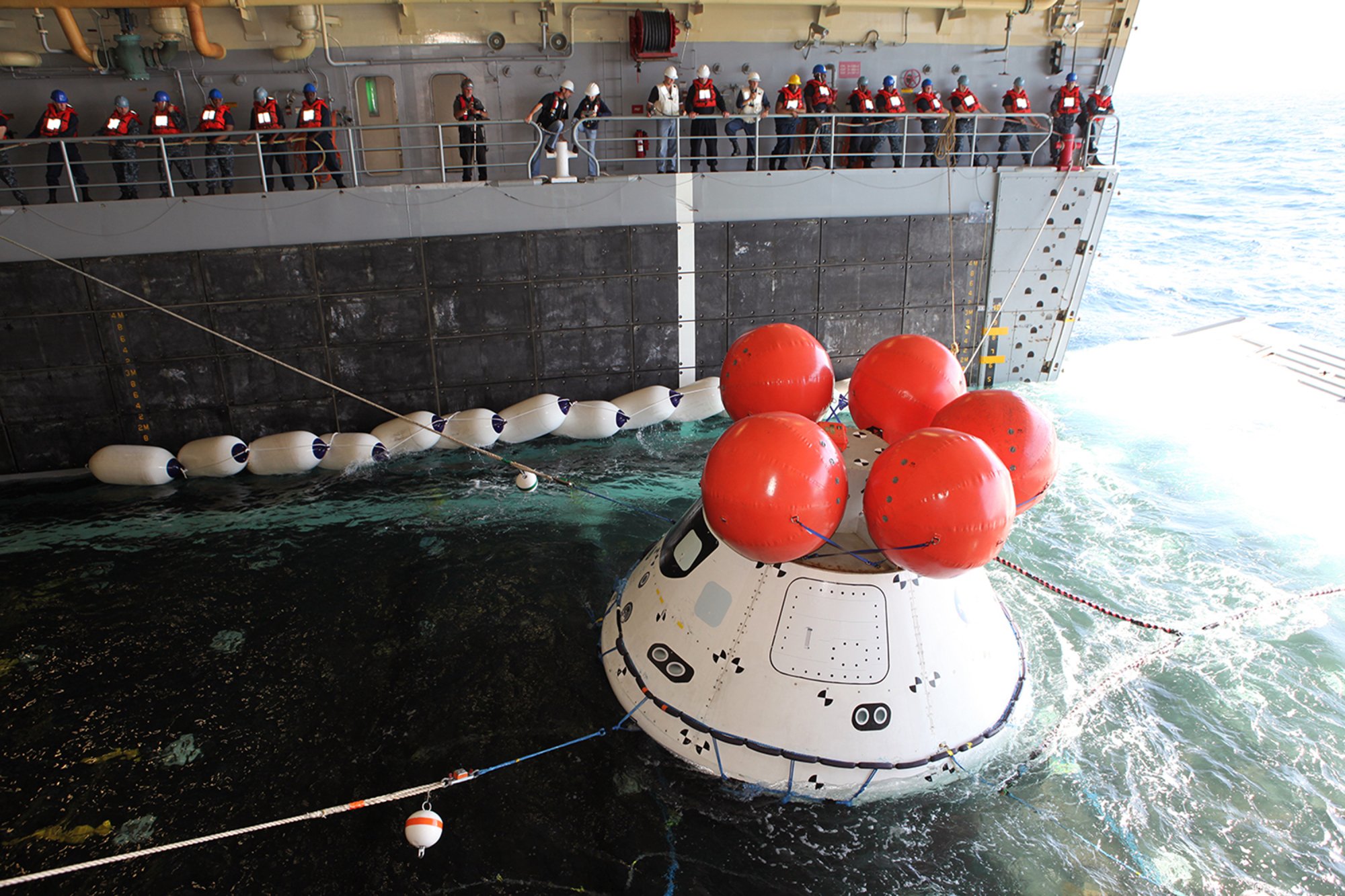
The goal is to drop Orion into the water closer to the U.S. coastline, allowing crews to get to weary returning astronauts quicker and reduce the number of boats, helicopters, and divers needed to get the job done.
Most Apollo moon missions concluded with re-entries into Earth's atmosphere that put astronauts through the wringer of 6Gs, or six times the normal force of gravity. Apollo 16, the second to last crewed moon mission, had the highest G-level, tipping just over 7Gs.
Tweet may have been deleted (opens in a new tab)
If all goes according to plan, the three test dummies in Orion — Commander Moonikin Campos, Helga, and Zohar — will instead face two rounds of 4G-level forces. That's a little more intense than what carnival-goers might experience on a spinning Gravitron, the superfast centrifuge ride that pins people against the wall with about 3.2 times the normal force of gravity.
Perhaps it's a blessing the two female mannequins aren't wearing helmets. As limbless torsos, they'd have a hard time hanging onto their hats.
